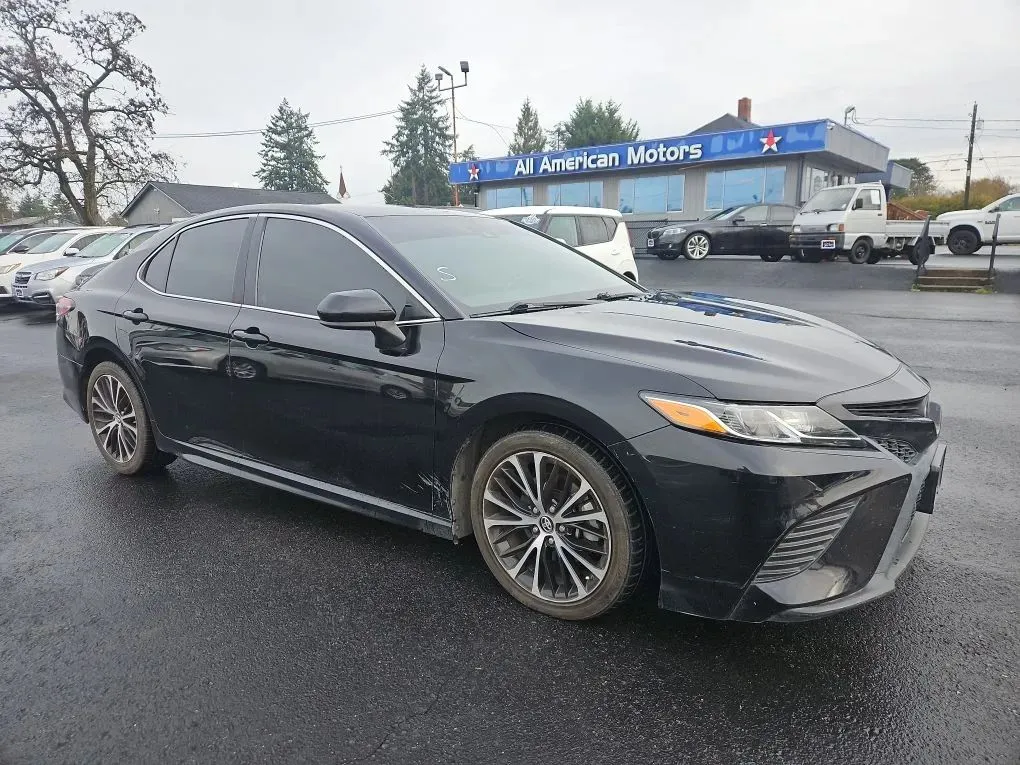What to Look For When Inspecting a Used Car
What to Look For When Inspecting a Used Car
Even when you’re buying a used vehicle from used car dealerships, you may be overwhelmed by the process. It can be tough to know what constitutes a good buy when you don’t actually know anything about cars. Even if you’re like the 80% of car buyers who use the internet to research used cars, it’s easy to get caught up in the aesthetic quality of a car and forget all about spotting potential issues.
Whether you buy from a used auto dealership or from a friend, you’ll need to know how to inspect a used car to assess whether it’s a worthwhile purchase. So before you purchase that used car, here are some things to look for:
Look at the window sticker
FTC requirements state that dealers must post a buyer’s guide in all used cars for sale. These guides are usually included in sticker form on one of the vehicle’s windows. It will contain important information regarding warranties, obligated repair costs, or whether it’s being sold “as is.” Many states don’t allow vehicles to be sold “as is” when they’re listed above a certain price (“as is” means the dealer makes no guarantees as to the car’s condition after the sale has gone through). If you look closely, this little sticker can contain some very important information. For instance, if the guide sticker says the vehicle is covered by warranty, this must be honored by the dealer. While the sticker won’t give you detailed information about any problems with the car, it can give you a good place to start and help you determine how much protection you have.
Check both inside and out
Look at the exterior body, trunk, glass, lights, tires, and under the hood. Specifically, keep a sharp eye out for misaligned panels, body filler patches, differences in paint, loose hinges, cracks, and discrepancies between tires, lights, windows, and doors. You’ll also want to check for strange odors, odd sounds, upholstery rips, malfunctioning warning lights, and problems with the sound system. Buying from respected used car dealerships usually ensures that you won’t end up with a total lemon, but there are no guarantees when buying from another individual. In that case, always have the car inspected by a neutral third-party mechanic or, at the very least, a trusted friend.
Pay attention during the test drive
There’s only so much you can tell about a vehicle without taking it for a spin. While you’re on the test drive, you need to see how the brakes, gas, ignition, air conditioning, sound system, and gear shift functions. This is also a great way to listen for any weird sounds or sensations coming from the engine or brakes. Above all else, do not agree to purchase a car without driving it first! Any reputable used auto dealership will encourage you to do so. If you think you’re being dissuaded, there’s probably a very good reason you shouldn’t buy it.










